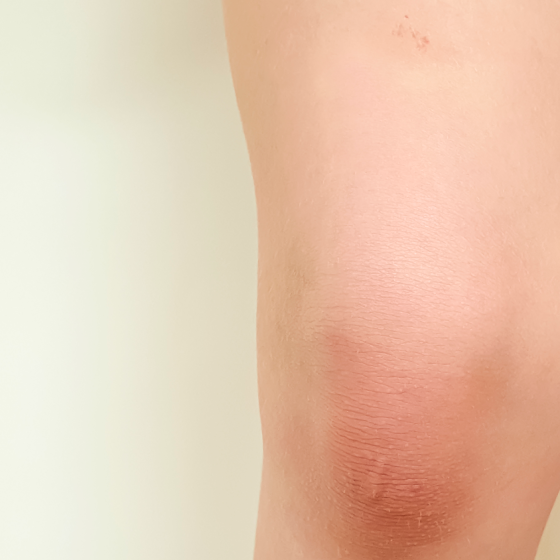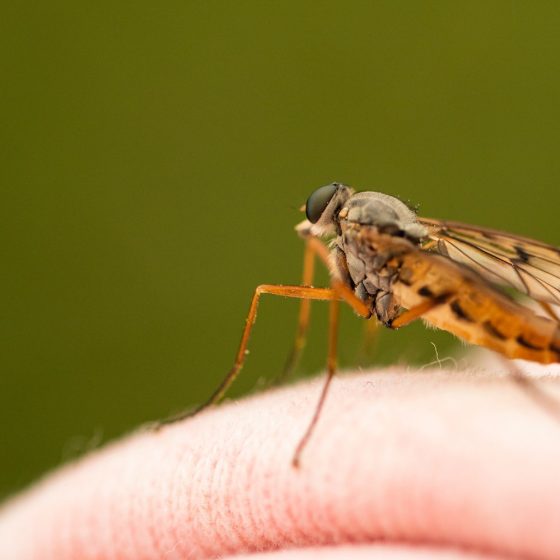Joint pain and swelling
Key facts Swollen joints happen when there is fluid in the tissues around the joints. Joint pain and swelling can affect more than one joint at a time. Joint pain and swelling are often accompanied by stiffness, aches and a feeling of heat or warmth. Acute joint pain usually comes on quickly and does not last long. Chronic joint pain and swelling may be caused by a ‘rheumatic’ condition — a condition that affects your joints, bones and muscles. What is joint pain and swelling? Swollen joints happen when there is fluid in the tissues around the joints. It can


